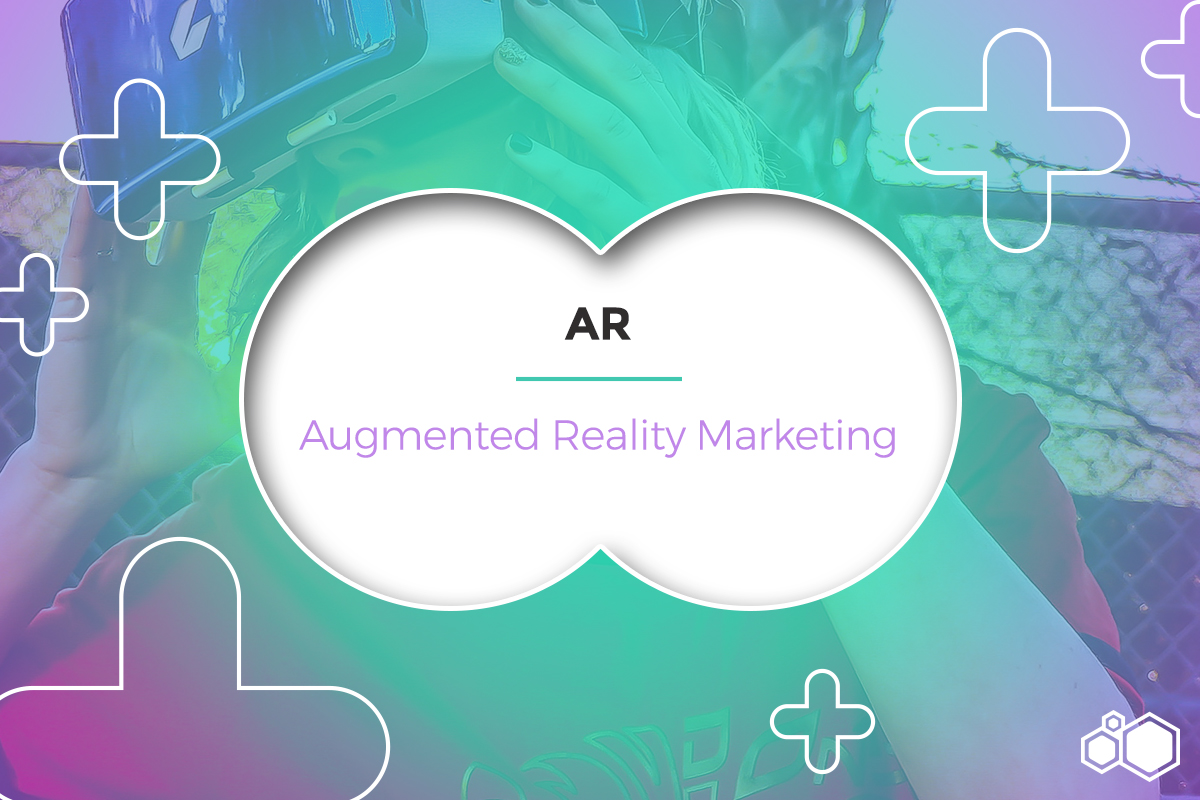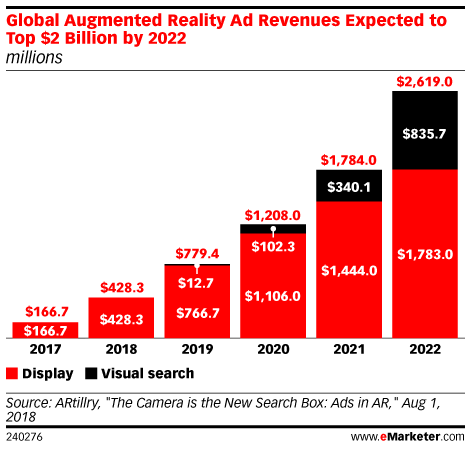Augmented Reality (AR) has already impacted businesses in a dynamic way and can further the trend by using its key advantage over Virtual Reality (VR). AR connects with consumers in a way that VR can’t, and that’s because AR allows for shareable digital experiences rather than being isolated in a headset. Not requiring users to wear a piece of hardware opens up the potential for mass appeal.
As AR becomes more mainstream, brands are experimenting with technology through mobile apps in hopes to engage more consumers. However, brands shouldn’t start creating random AR experiences just for the sake of being on-trend. If there’s no real strategy behind your use of technology then it’s not going to resonate with your audience.
How can brands get the most from AR?
Brands need to create AR experiences that inspire consumers to take action and deliver an outcome that aligns with their business. By creating this experience businesses will be able to enhance engagements and effectively build a relationship between their brand and consumers. Online shopping experiences are where most consumers would like to try using AR tools. They like the idea of trying something out or viewing a product without having to go to a store to purchase it first.
A great example of this scenario is the Ikea Place app that allows users to try Ikea furniture before they buy it. The app was developed as a result of customers not feeling confident about buying their furniture in stores. Their customers can virtually place furniture inside or outside of their home by using the lens of their smartphone camera. The app provides customers a new way to shop by helping them make decisions they wouldn’t have made if they were simply shopping in-store or online.
 Brands can benefit from AR in the following ways:
Brands can benefit from AR in the following ways:
● Provides an easier way to control and improve brand experience
● Increases brand engagement and improvement with customer retention
● A new platform for brands to better understand consumers needs
● Allows businesses to bring their products to life by creating unique interactions
● Provides consumers with content they want to share instantly with friends resulting in customer growth
Marketing is no longer a one-way street and AR and VR have revolutionized how brands interact with consumers forever. Over the next few years, Global AR advertising revenues are expected to grow rapidly, anticipating a jump from $428 million this year to $2.6 billion by 2022.
Innovative AR Marketing Tactics
Patrón Tequila
Patrón developed an AR app for Apple’s iOS 11 operating system that allows consumers to go on a virtual tour of the Patrón distillery in Jalisco, Mexico. The AR distillery aids in connecting the consumer to the brand’s history and origins.
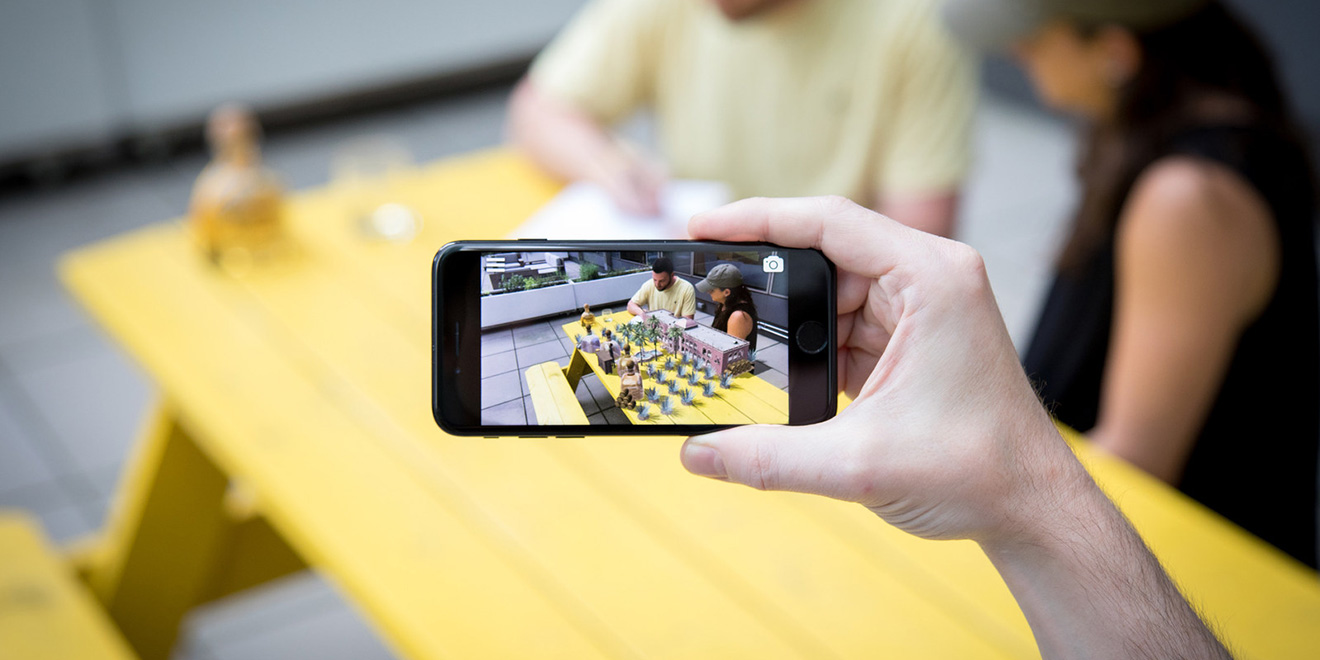
Snapchat
Notoriously known for introducing the social world to AR, Snapchat has now joined Netflix, YouTube, Hulu, Amazon, and Apple in the trend of streaming scripted shows. Given Snapchat’s vertical format, the shows are designed to be watched on a handheld device. In this sense, rather than watching a show on TV or your computer and getting distracted by your phone, your phone instead becomes the TV and the distraction. Included with these five minute scripted shows are portal lenses that allow users to swipe up and enter an AR portal to a scene from the show. Other experiences include show-themed lenses for selfies, and reaction lenses allowing viewers to share their reaction to dramatic scenes.
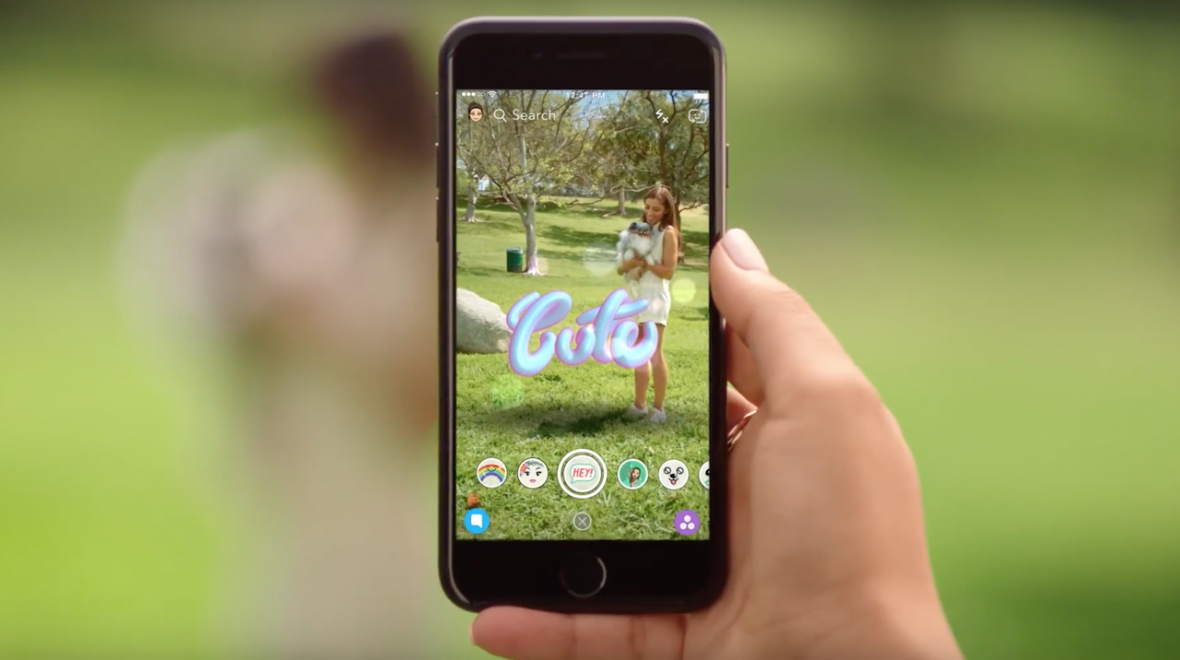
KLM Royal Dutch Airlines
By using the KLM app, flyers can check the dimensions of their baggage to see the correct sizing before lugging your stuff to the airport. The AR bag checker uses a virtual suitcase that users can scan over their luggage to see if it’s the right size.
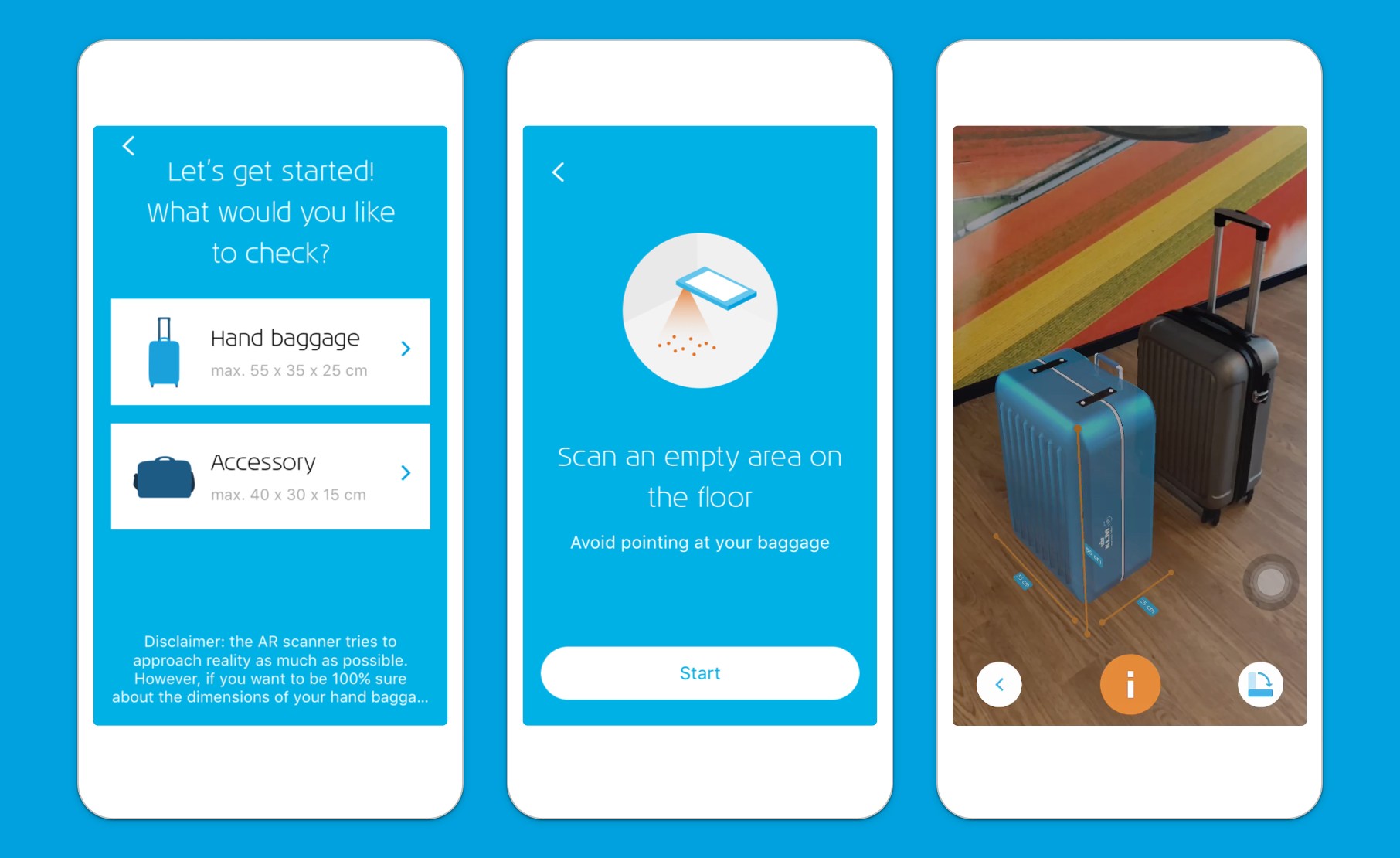
Sephora
Sephora, a top leader in global beauty retail, has made it possible for their consumers to virtually try on makeup looks and see the effect of months of skin care through Modiface Skin AI. Users can test over 3,000 lip colors by brand, format or shade family, and instantly see how they look from the comfort of their own home.
The Takeaway
In just over a century, augmented reality has changed the way brands and consumers interact with each other. Despite the success of the previous campaign examples, the next few years of AR marketing is even more promising. The inclusion of AR in marketing plans is changing the way businesses interact with their customers. However, AR strategies shouldn’t be used without a purpose otherwise brands are just wasting their efforts. It’s crucial that they determine where their brand fits in the AR world and how their efforts will change their consumers’ lives.


